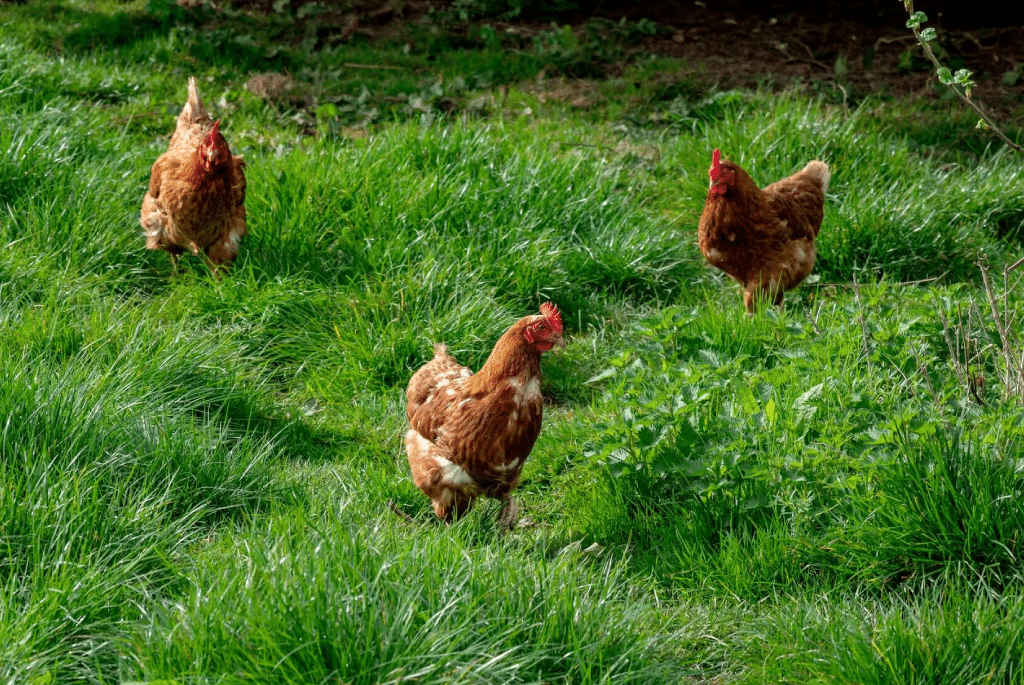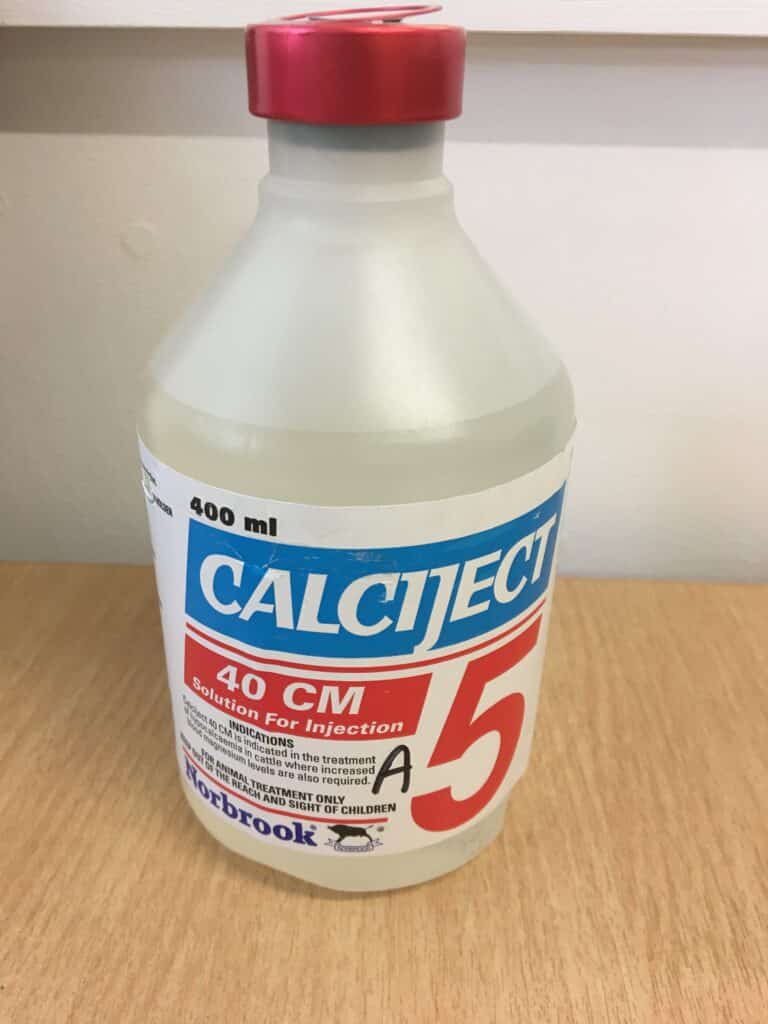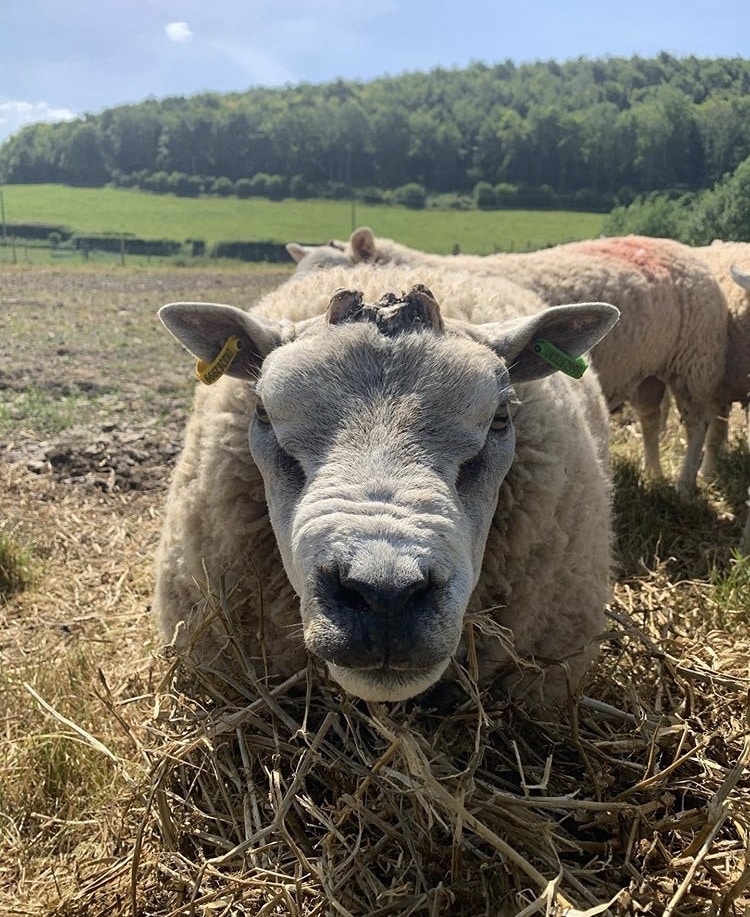Avian Influenza (bird flu)
A combination of favourable conditions and high numbers of migrating birds mean that we are yet again seeing cases of avian influenza (AI) in the UK. New rules come into force on the 14th December 2020 which require all poultry keepers, whether you have just a few birds or thousands, to keep birds indoors or […]
Avian Influenza (bird flu) Read More »








